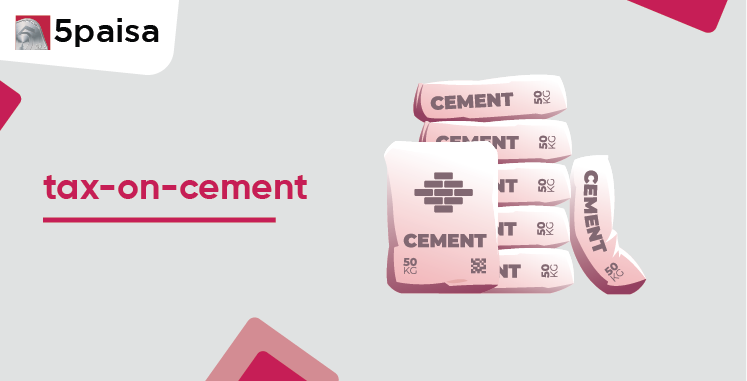Content
- What is GST on Cement?
- HSN Code Insights: Cement Products and Their GST Rates
- Positive Impact of GST on the Cement Industry
- GST Calculation on Cement
- Transportation cost
- Warehousing
- GST Calculation on Cement
- Impact of GST on Cement Manufacturing Companies
- Current GST Trends and Real Estate Industry
- Conclusion
The Goods and Services Tax (GST) is a comprehensive tax reform implemented in India in July 2017, aimed at simplifying the tax structure and reducing the cascading effect of taxes. The cement industry, being a crucial sector for the Indian economy, was not left untouched by the GST. The introduction of GST has had a significant impact on the cement industry, affecting the pricing, demand, and supply of cement products in the market.
More Articles to Explore
- Difference between NSDL and CDSL
- Lowest brokerage charges in India for online trading
- How to find your demat account number using PAN card
- What are bonus shares and how do they work?
- How to transfer shares from one demat account to another?
- What is BO ID?
- Open demat account without a PAN card - a complete guide
- What are DP charges?
- What is DP ID in a demat account
- How to transfer money from demat account to bank account
Disclaimer: Investment in securities market are subject to market risks, read all the related documents carefully before investing. For detailed disclaimer please Click here.



